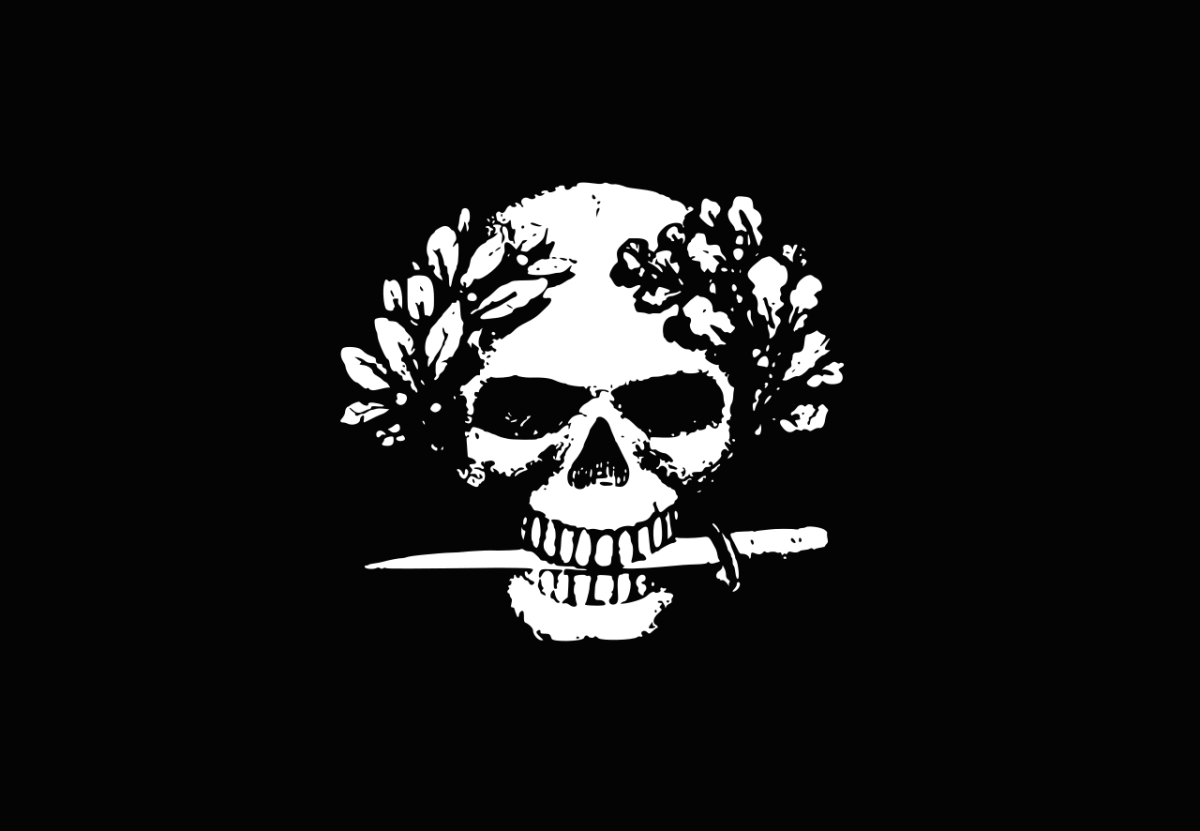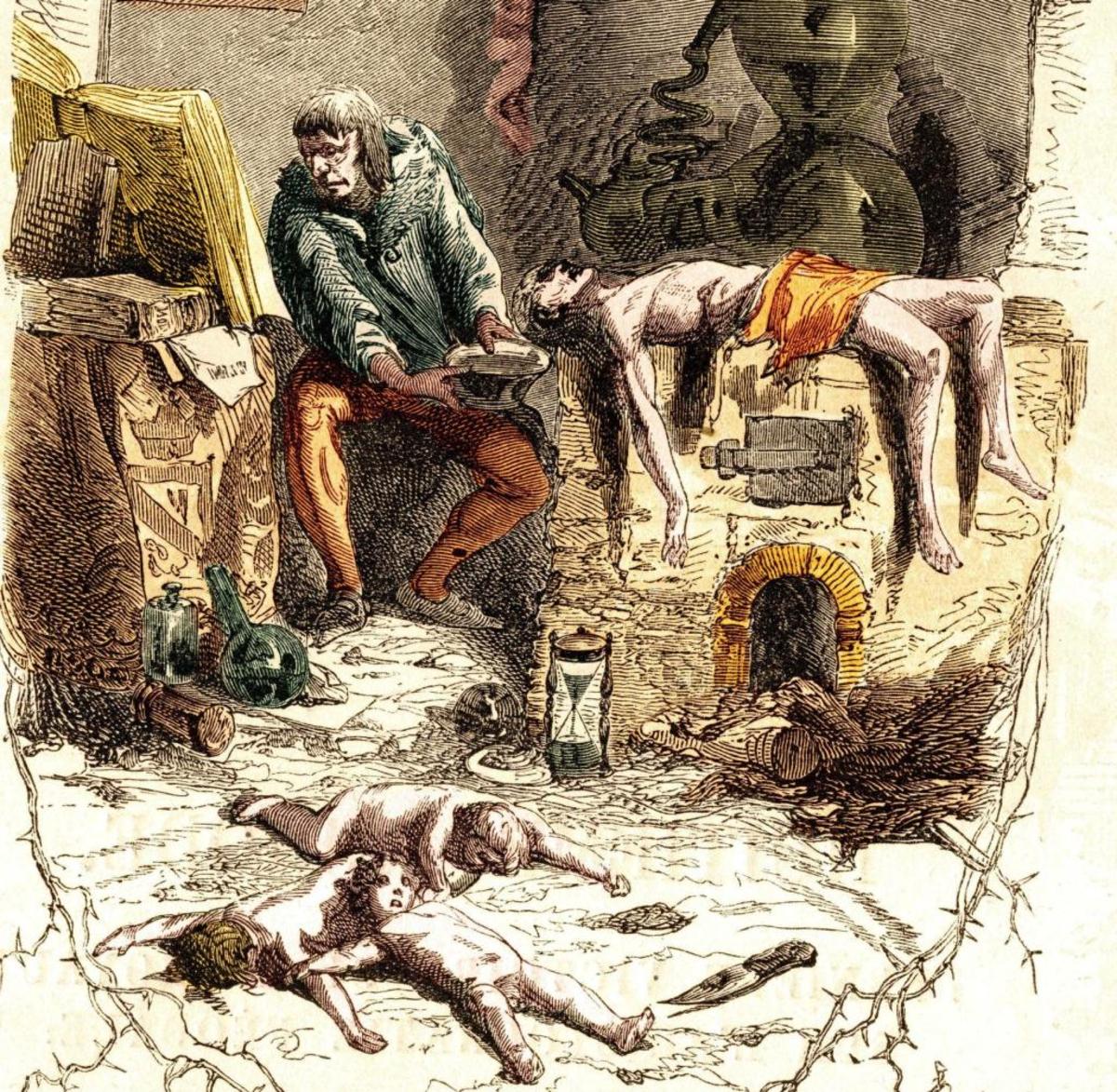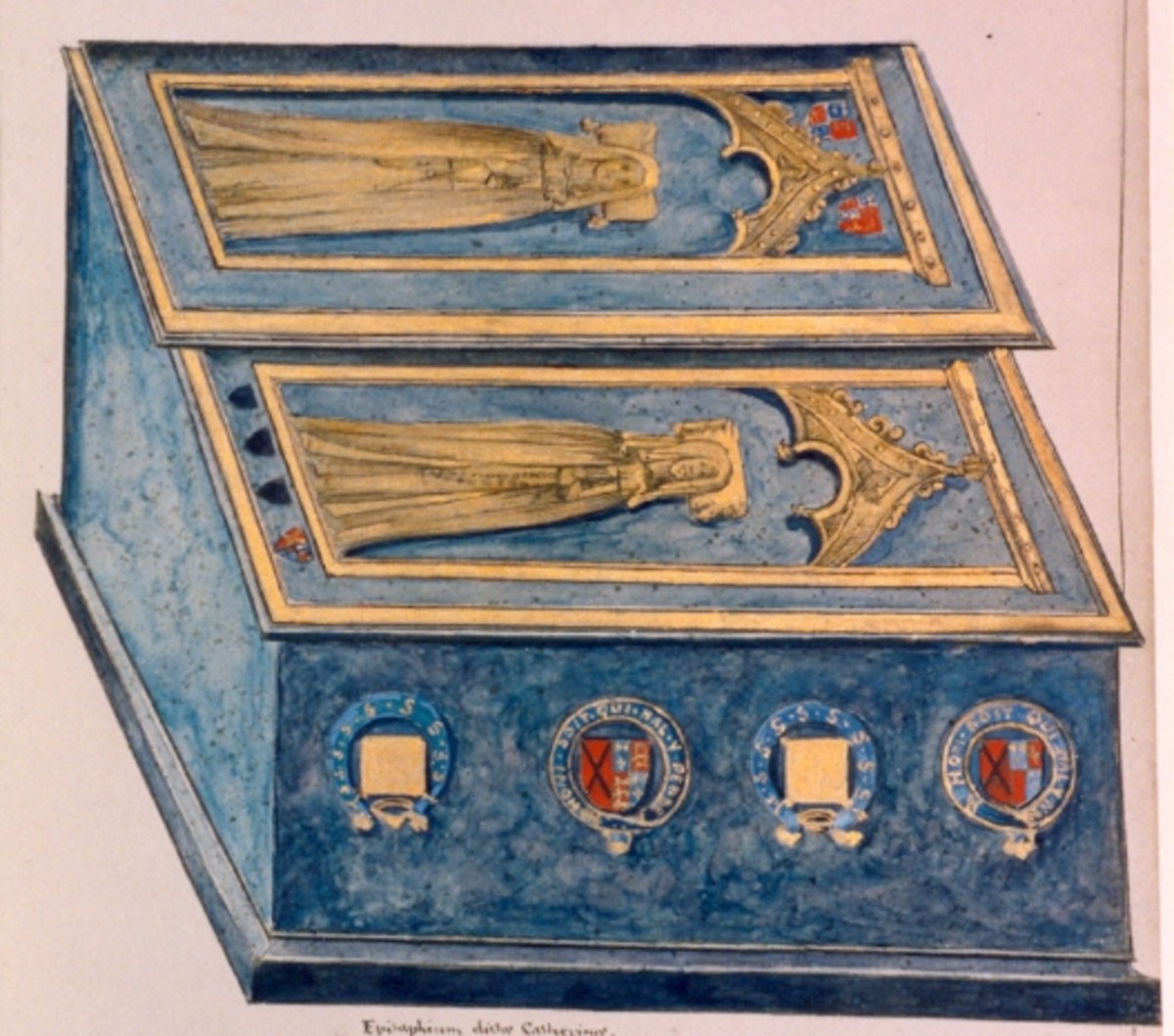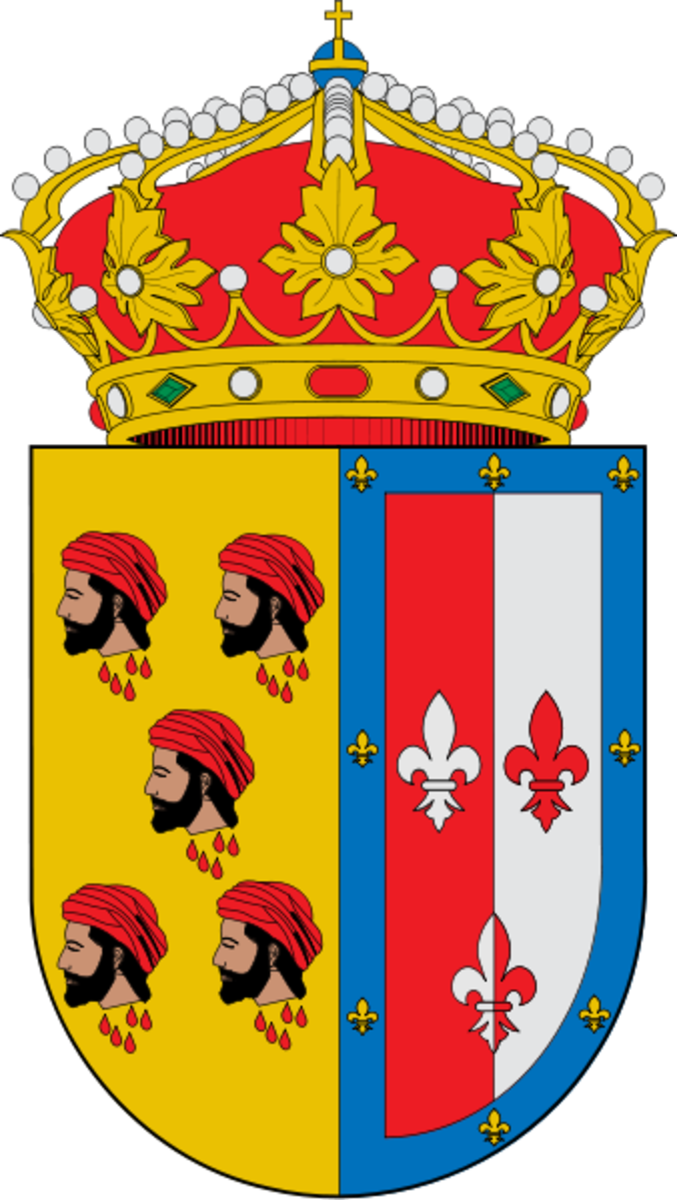An Informative Guide To Popular Medieval Weapons
Midieval Weapons
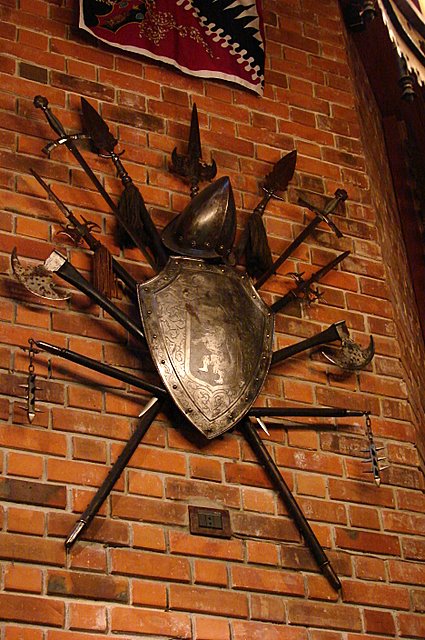
An Informative Guide To Popular Medieval Weapons
It is safe to say that castles were the most important weapon in medieval warfare. In addition to these fortresses, there were a plethora of medieval weapons created that were made from whatever the raw materials were available at any given time. These weapons could be something as simple as arrows to an object as complex as a catapult.
Knives And Daggers
A knife had a single blade while a dagger had a double blade; both were used for stabbing.
- Anelace – This can be described as a dagger or a short sword. It was usually carried at the small of the back.
- Dirk – This is a Scottish word meaning a short dagger. This was used as a back up and carried by the left hand that was holding the shield.
- Katara – Originating in South India was this very short punching sword. It had a horizontal hand grip and the blade sat on top of the knuckles.
- Misericorde – Quite a long, thin knife that delivered the death stroke. It was narrow enough to strike between any gaps in the armor plates.
- Sgian dubh – This means “black knife” which really meant that it was a secret. It was worn by the Scottish with a kilt and usually hidden in the boot.
- Cinquedea – A heavy blade developed during Italian Renaissance in Northern Italy. It was usually carried in place of a sword and worn beside the buttocks to be easily drawn from the back.
- Stiletto – A long skinny blade used for stabbing. It is an Italian word meaning “pointed instrument” and gained a great deal of fame in the High Middle Ages even though it was created much earlier.
Midieval Swords
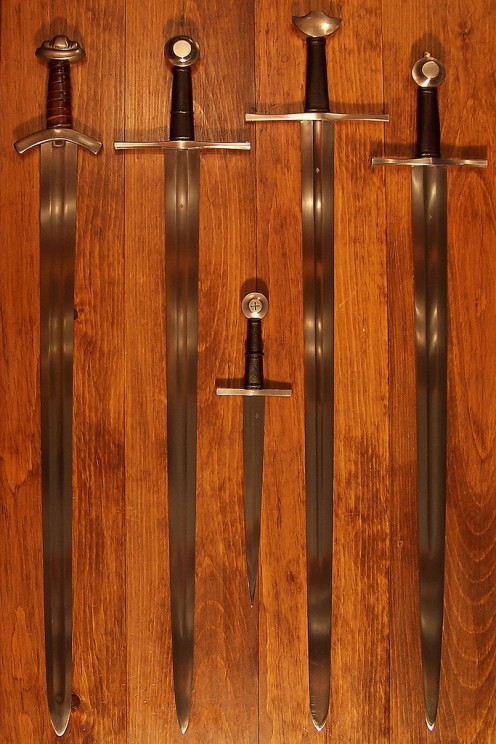
Fencing With Five Different Medieval Weapons
Midieval Swords
Swords were used either as a clubbing or thrusting weapon. They could be double or single edged, straight or curved.
- Arming Sword – A traditional military piece used with a buckler or shield. Even if a knight wasn't in armor, he still wore this sword.
- Longsword – A straight double-edged blade that was held by two hands in combat used for slicing, hewing and stabbing. It was popular from the 13th until the 17th century.
- Zwiehänder – Created in Switzerland, this two-handed sword was used primarily by the Germans. They were also used for breaking up pike formations.
- Claymore – A two-handed sword used in late Medieval Times. It was smaller than the swords of that era. A cross-guard was present with two round, large concave plates to protect the hand.
- Falchon – A single-edged, one-handed sword combining the power of an axe with a
sword's versatility. Of all of the medieval weapons, this one was most widely used.
Medieval Weapons
Medieval Blunt Weapons
Medieval weapons often consisted of blunt objects. These did not have a penetrating point or sharp edge. Its sole purpose was to hit someone.
- Club – The very simplest of all medieval weapons was the club. This was essentially a short stick or staff, made from wood and held in one hand. There are still clubs used today as a law enforcement baton or in Martial Arts.
- Morning Star – This was a weapon with one or more spikes on the end. It was used by infantry and cavalry and was a very versatile piece since it could be used to hit or stab someone.
- War Hammer – This was a later creation in medieval weapons. It resembled a long hammer and was used for close combat. These were strong enough to damage an enemy through their armor or used to hit a horse's legs so they would collapse, resulting in the rider to fall to the ground.
- Quarterstaff – These were English medieval weapons made from hardwood and often had metal tips. They were very long two-handed clubs that could deliver crushing blows.
Midieval Poleax's
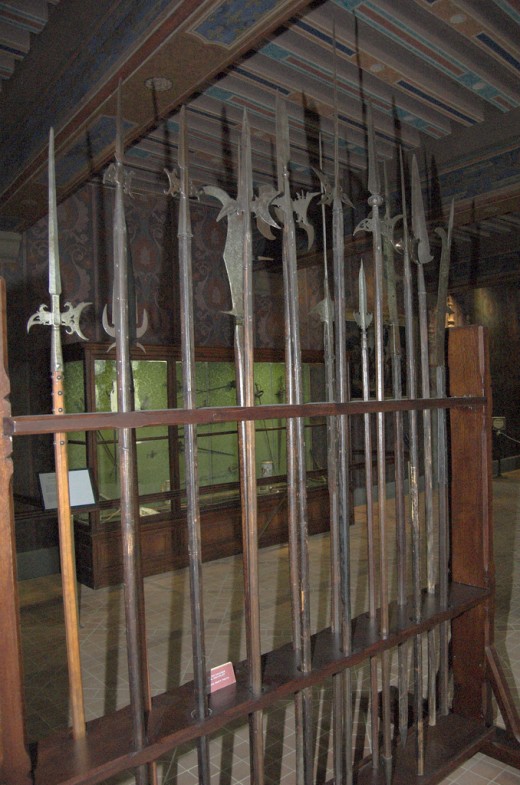
Midieval Crossbow
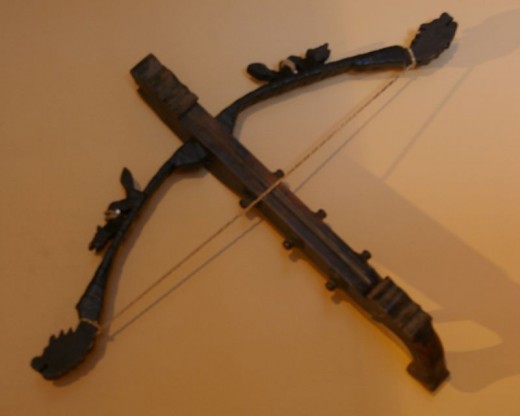
Medieval Spear And Poleaxe Weapons
Spears were types of medieval weapons that were dated from the Stone Ages described as a very long slender object. Poleaxe forms of weapons had the characteristics of axes on poles.
- Bardiche – A cleaver type of blade that varied in shape and was attached to a pole with one or two sockets. This was a very heavy weapon.
- Pike – A pole weapon used by infantry. It was a very long weapon ranging from 10 to 20 feet or more. It could be used to attack the enemy without getting close however, it was of no use in close up combat.
- Swordstaff – This was a blade that was connected to a staff's end that gave the benefit of a sword at a further distance. Like the pike, it was of no used up close but ideal for far away attacks.
Medieval Long Range Weapons
Medieval weapons often consisted of objects like bows and axes that could strike an opponent without getting too close.
- Bow – This was used to project arrows with the use of a string. The limbs were curved and usually made from wood. These are still used for hunting or archery.
- Crossbow – These medieval weapons were traditional bows that were mounted on stocks that shot projectiles. They had a shorter draw than regular bows with the same amount of power.
- Shuriken – These were concealed weapons usually thrown at the opponent. They were sharp small blades that could be made of various materials and were used as a secondary weapon.
- Throwing Axe – These medieval weapons were thrown overhead the way you would throw a baseball. A skilled user could rotate the axe in air once so that the blade would penetrate the person or object.
Medieval Siege Engine
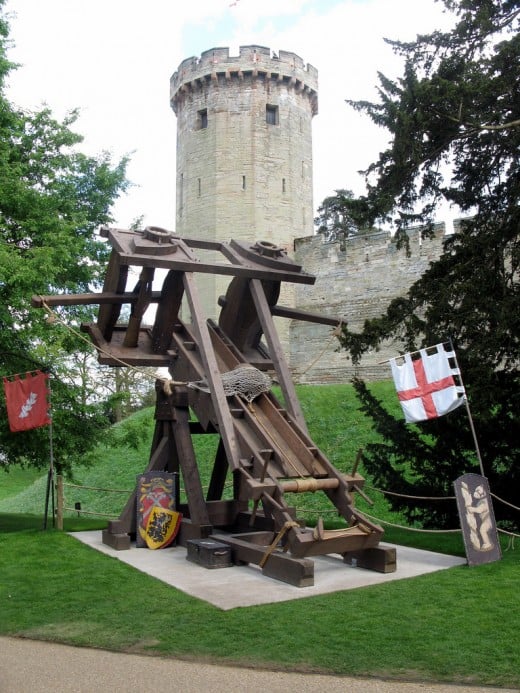
Medieval Siege Engines
These devices were created to break through fortifications or city walls. They could either attack a castle or simply starve out the people by giving them no opportunity to escape.
- Catapult – These were able to throw a projectile a very long distance and was one of the most effective medieval weapons during warfare.
- Ballistae – Torsion springs and two levers were used to hurl projectiles. The invention of the torsion spring allowed lighter items to be thrown more rapidly with greater results.
Medieval weapons were constantly created and changed as the military had more need for them as this was a bloody era full of much violence. Weapons of today are a direct result from the inventions during these Medieval Times.



